|
Gathering is the act of bundling up a portion of fabric to fit onto a smaller, pre-measured length of fabric, thus creating fullness. Gathering is normally achieved by using a longer machine stitch that allows for the threads to be manually pulled which consequently gathers up the fabric. Usually, gathering is done at either one third or a half of the original width depending on the fabric and the amount of fullness you want to achieve. Gathering is most commonly found along the waistline, sleeve cuffs, shoulder seams, yokes and ruffles. Depending on the fabric you are using, you should pay close attention to the thickness of your thread and your sewing machine's tension and stitch length. If you are working with a very thick fabric, use a thicker thread as you will have to manually pull the threads of the stitch and you wouldn't wont the thread to break! When it comes to the length of stitch you should use, the answer lies again in the thickness and weight of the fabric you are working with. The thicker and heavier your fabric is, the longer your machine stitch will have to be- This will ensure that the stitch can be pulled easily when gathering. If the fabric is lightweight and thin, your stitch will be shorter than that of a heavier fabric but longer than what you would normally use on a regular seam. If it sounds a bit confusing, don't worry! Practicing makes perfect which is why we'll show you all the (simple) steps necessary to sew a gathered seam from start to finish. Understanding Gathering Notation On a Sewing PatternOn your sewing patterns, gathering is usually marked on the seam allowance by a single or double row of dashed lines. You should also find notches spaced out along the seam allowance that will help you align the gathers perfectly to the non-gathered edge. Below are the two pattern pieces that will be sewn together into a gathered seam. The top on is plain and the bottom pattern has the gathered seam. On both edges (closest to each other), you can see three separate notches spaced out evenly. These notches will help you align your seam properly so that you achieve evenly distributed gathering.
1 Comment
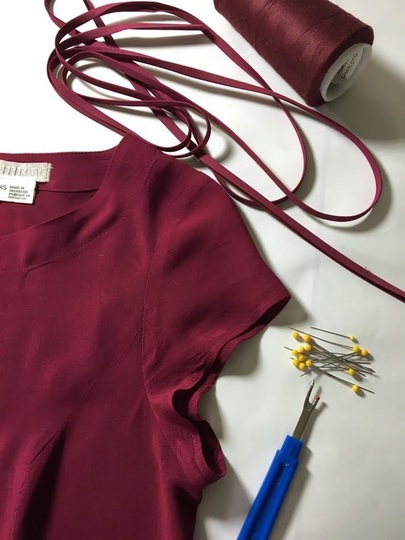 Have you ever looked at one of your dresses or blouses and thought: I really wish this was sleeveless… Perhaps the sleeves feel uncomfortable, or maybe they don’t lay or fit the way you would like them to. Sleeve styles can be a great representation of past and present fashion trends, which sometimes risks making a clothing item look and feel outdated once trends change and evolve. For example, the transition from over-sized, puffy sleeves in the 80's and 90's to plain sleeves in later years is probably the most recognizable in sleeve-trends. Like most of us, you or someone in your family is probably still holding on to some outdated sleeve styles somewhere in the back of their closet. It so happens that when we really love a clothing item, it is kind of difficult to let it go even if we might never wear it again. If the rest of the garment is perfect but the sleeves are a deal breaker, the good news is, you can always remove them! If you own a sewing machine and have played around with sewing and crafts a bit, this shouldn’t be too difficult. We’ll show you how! Step 1: Remove the existing sleeves
Turn your dress or blouse inside out and using your trusty seam-ripper, remove the stitching around the armhole. You will notice that the raw edges of your armhole seam are clean-finished most likely with an overlock stitch as shown bellow. You will also need to remove this overlock/serging stitch in order to separate the sleeve from the garment. Overlock/serging stitches take a bit longer to remove but there is definitely a trick to it. Learn the easiest way to do it by following the steps for removing a serging/overlock stitch in last week's blog post. Learning how to sew shouldn't be over-complicated or require you to spend a fortune. It is true that learning to sew and the necessary, constant practice that comes along with it takes consistent effort and can eventually add up monetarily. Nonetheless, you should always keep in mind that as a beginner, you don't have to start big! Just having a simple sewing machine and some basic tools can put you on the right path to becoming a great seamstress, while learning some short cuts and tricks will eliminate some unnecessary complexity form the learning process. Speaking of having some sewing tricks up your sleeve, we'll introduce you to five of our favorite sewing hacks that are bound to save you some time and money while ensuring your sewing experience is comfortable as well as efficient. In the learning process, it takes time and lots of practice to figure out what works best for you. Don't feel like you have to be bound by strict rules when it comes to sewing correctly. After all, there are dozens of right ways to do things resulting in the same finished product. Here are the five hacks we've put together to help you maximize efficiency and comfort while minimizing cost and error in the learning process: 1. Use dry, leftover pieces of soap as tailor's chalk. As you learn how to sew you will soon find out that marking your fabric is something you have to do quite often. You could buy some tailor's chalk or a fabric marking pencil but if you're looking to save some cash, using leftover dry soap pieces can do the job just as well- the best part is, it will come out in the wash in an instant and never damage the fabric. Tailor's chalk or fabric marking pencils aren't necessarily the most expensive but they certainly run out pretty fast with a lot of use. On the other hand, leftover pieces of soap that normally end up in the trash bin, work just as well to mark the fabrics and can sometimes create an even smoother finish than regular tailor's chalk that needs to be sharpened constantly. Because it's a more dense material, solid soap will hold up to more rigid use, while many fabric marking pencils and tailors chalk can crumble under too much applied pressure. We suggest you give it a try on your next sewing project and you might be pretty impressed with how well a simple piece of soap can do the job! |
The Blog:A journey into our design process, sewing tutorials, fashion tips, and all the inspiring people and things we love. Doina AlexeiDesigner by trade and dressmaker at heart. I spend most of my days obsessing over new fabrics and daydreaming new ideas. Sadie
Executive Assistant & Client Relations Manager Archives
November 2019
Categories
All
|
-
Sewing Tutorials
-
Basics
>
- Aligning Pattern Grainlines To Fabric
- Preparing Fabrics For Sewing
- Pinning Sewing Patterns To Fabric
- Placing Sewing Patterns On Fabric For Cutting
- Rotary Cutters or Fabric Scissors?
- Cutting The Sewing Patterns
- What Are Notches And How To Use Them In The Sewing Process
- Transferring Notches From Pattern To Fabric
- Transferring Seamlines to Fabric
- Staystitching
- Backstitching: A Complete Guide
- Hand Basting: A Complete Guide
- Sewing Continuous Bias Binding
- Darts >
-
Sewing Seams
>
- The Basics Of Seams And Seam Allowance
- How To Sew A Straight Seam
- Sewing Curved Seams
- Sewing Corner Seams
- Trimming And Grading Seam Excess
- Notching/Clipping Seam Allowance for Tension Release
- Sewing Topstitched Seams
- Sewing Corded Seams
- Sewing A Slot Seam
- Sewing A Gathered Seam
- Sewing Bias Seams
- Sewing Seams With Ease
- Sewing Seams With Crossing Seamlines
- Sewing Unlike Fabric Seams
- How To Iron Seams: Ironing Tools And Conventions
- Sewing With Knit Fabrics
- Understanding Stitch Length And Tension
- Sewing Unique Fabric Seams
-
Seam Finishes
>
- Seam Finishing Techniques - Overview
- Applying A Pinked Seam Finish
- Applying A Bias Bound Seam Finish
- Serging And Zigzag Seam Finishes
- Sewing A Self-Bound Seam Finish
- Sewing A French Seam Finish
- Sewing A Hong Kong Seam Finish
- Sewing A Mock French Seam Finish
- Sewing A Turned-and-Stitched Seam Finish
- Sewing Overcast Hand-Applied Seam Finishes
- Sewing A Flat Felled Seam
- Sewing A Hairline Seam Finish
-
Hem Finishes
>
- Garment Hem Finishes: Overview
- Sewing A Double Fold Hem Finish
- Sewing A Single Fold Hem Finish
- Sewing Bound Hem Finishes
- Sewing An Exposed Double Layer Bound Hem
- Sewing A Folded-Up Bound Hem with Pre-folded Binding
- Sewing A Hong Kong Hem Finish
- Sewing A Band Hem Finish
- Sewing A Bias Faced Hem Finish
- Sewing A Twill Tape Hem Finish
- Sewing A Rolled Hem Finish
- Sewing A Shaped Hem Facing
- Using Fusible Hem Tape And Webbing
- Finishing A Lace Fabric Hem
- Finishing A Leather Hem
- Sewing Faced Hem Corners
- How To Finish Lining At The Hem
- Finishing Fabric Corners by Mitering >
- Interfacing A Hemline: Lined And Unlined Examples
-
Sewing Pockets
>
- Curved Patch Pocket With Flap
- Unlined Square Patch Pockets
- Lined Patch Pockets: Two Ways
- Extension On-Seam Pockets
- Separate On-Seam Pocket
- Front Hip Pockets
- Bound Double Welt Pocket
- Double Welt Pocket With Flap
- Self-Welt Pocket (Using Single Fabric Layer)
- Slanted Welt Pocket (Hand-Stitched)
- Faced Slash Pockets: Overview >
-
Sewing Zippers
>
- Sewing Zippers: General Information
- Sewing A Centered Zipper
- Sewing A Lapped Zipper
- Sewing An Invisible Zipper
- Sewing A Fly Front Zipper
- Sewing A Closed-End Exposed Zipper (No Seam)
- Sewing An Exposed Separating Zipper
- Sewing Hand Stitched Zipper Applications
- Sewing A Zipper Underlay
- Sewing A Placket-Enclosed Separating Zipper
- Sleeveless Finishes >
-
Neckline Finishes
>
- Sewing A Neck Shaped Facing
- Sewing An All-In-One Neck Facing
- Neck And Garment Opening Combination Facings >
- Sewing A Bias Faced Neckline Finish
- Sewing A Band Neckline Finish
- Bound Neckline Finishes: Overview >
- Sewing A Semi-Stretch Strip Band Neckline
- Ribbed Neck Band And Classic Turtleneck
- Decorative Neckline Finishes >
- Finishing Facing Edges >
-
Extras
>
- A Complete Guide on Interfacing
- Sewing Bound Spaghetti Straps
- Sewing Spaghetti Straps To A Faced Neckline
- Sewing Ruffles: Overview
- Patterning And Sewing A Circle Ruffle
- Sewing A Gathered Heading Ruffle
- Sewing Double Layer Gathered Ruffles
- Sewing A Gathered Ruffle Into A Seam
- Sewing A Gathered Ruffle To A Fabric Edge
- Sewing A Fabric Surface Slit
- Sewing A Slit Seam
- Hand-Applied Straight Stitches
- Hand-Applied Blind Stitches
- Hand-Applied Overedge Stitches
- Hand-Applied Tack Stitches
- Hand-Applied Decorative Stitches
-
Basics
>
- Custom Bridal
- Custom Apparel
- About
- Blog
Services |
Company |
|

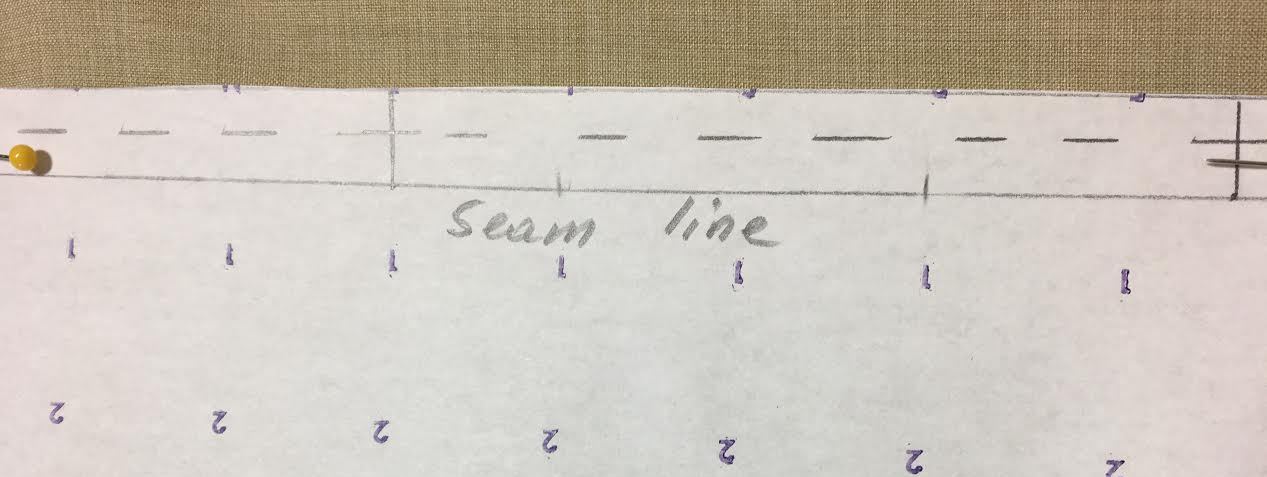
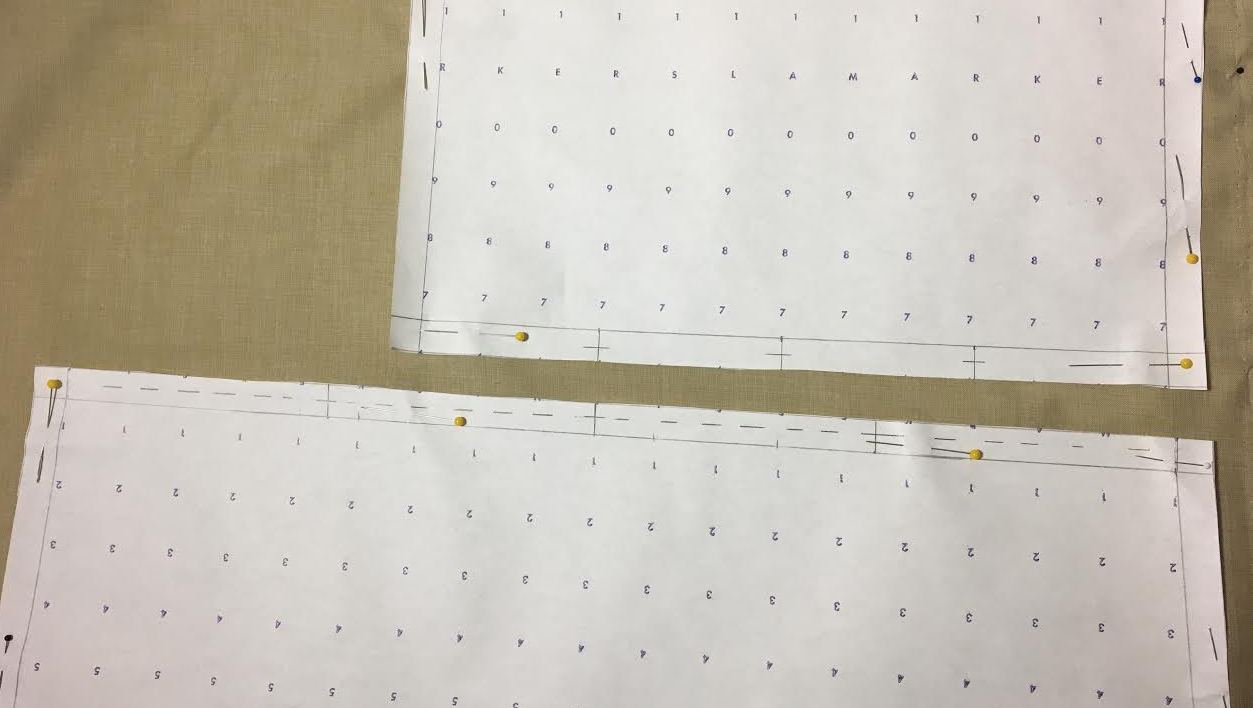
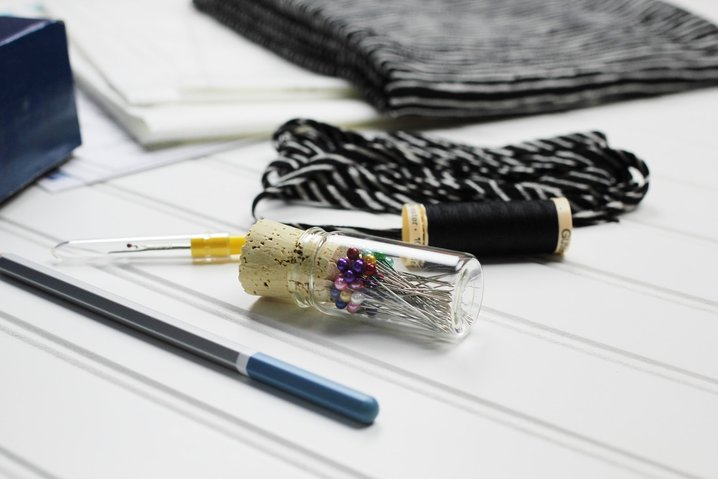
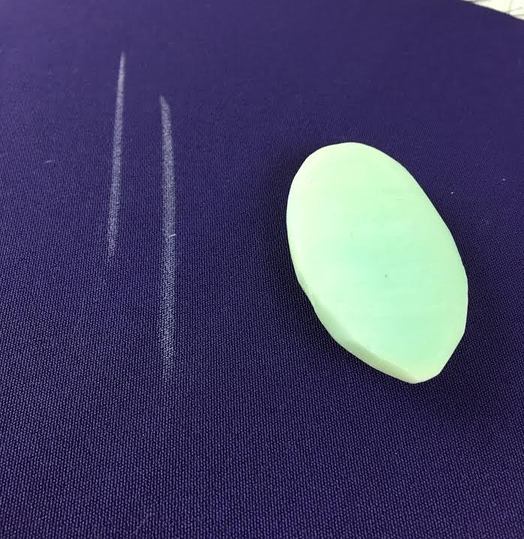


 RSS Feed
RSS Feed

